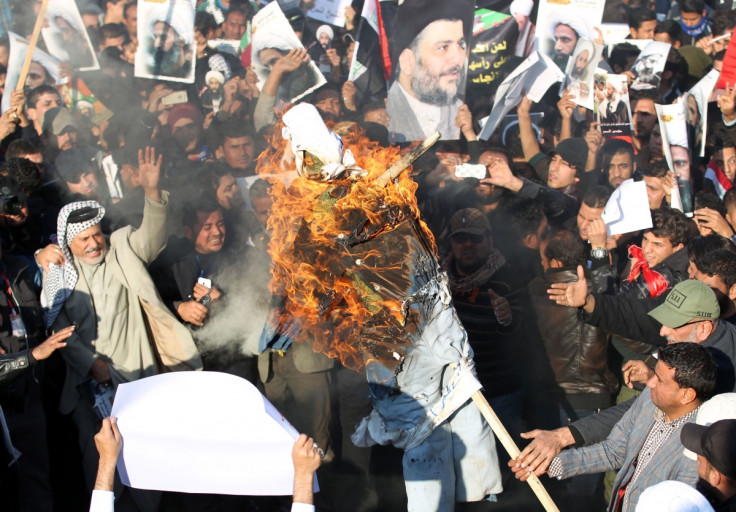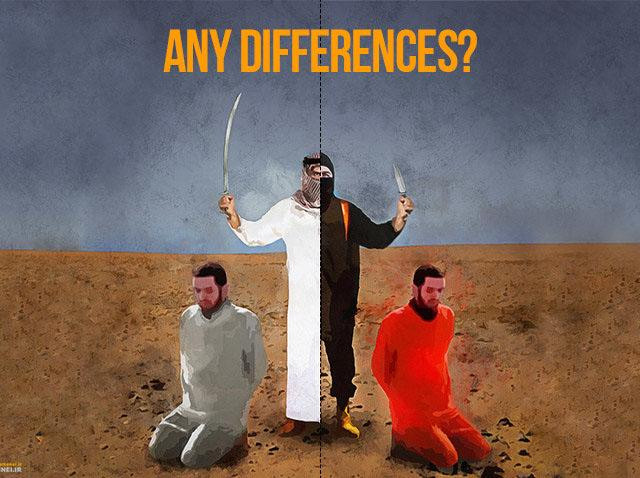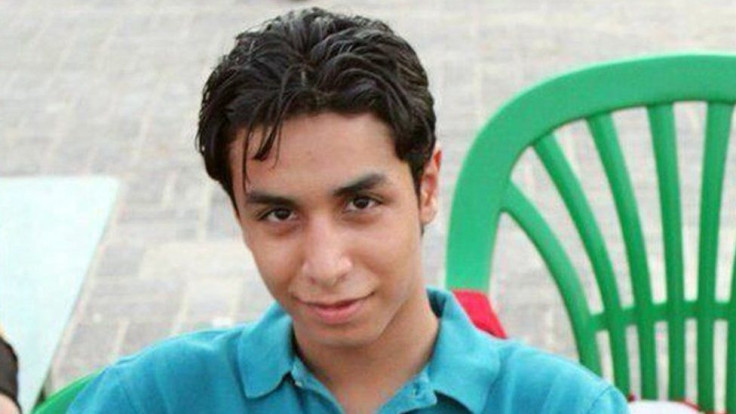Iran's criticism of Saudi Arabia's executions is outrageous hypocrisy

Iran's criticism of the Saudi mass executions is outrageous hypocrisy. Tehran is also guilty of barbaric killing methods and, indeed, of putting to death eight times as many prisoners as Riyadh in 2014. It condemns Saudi Arabia for persecuting Shia Muslims, yet it persecutes Sunnis.
Iran's Supreme Leader, Ayatollah Ali Khamenei, warned of "divine vengeance" for the execution of Shia cleric, Sheikh Nimr al-Nimr. His website carried an image comparing the Saudis to the fanatics of Islamic State (Isis), suggesting there was little or no difference between the two. Other Iranian officials denounced Riyadh for interfering in neighbouring countries.

On every count, the crimes Iran accuses the Saudis of committing are crimes Iran has also committed.
In 2014, Iran admitted to executing 289 people. However, unofficial reports, mostly from bereaved family members, indicate that at least a further 454 were hanged in secret without public acknowledgement. This makes a total of 743 executions, according to Amnesty International.
By comparison, Saudi Arabia executed 90 people in the same year – still a shocking roll call but only 12% of the number put to death by Tehran.
The Iranians condemn the preferred Saudi method of execution, beheading, as barbaric. It is inhuman, bloodthirsty and wrong – but at least it usually kills the victim swiftly.
In contrast, Tehran's methods are calculated to make death slow and painful. They include stoning to death; stipulating that the stones must not be too big, in order that the person does not die too fast. The regime wants to make sure the victim suffers a prolonged, agonising fate.
Likewise, when conducting hangings, Iran does not use the drop method, which causes near instant death. It practises slow strangulation, where the condemned person is hoisted on a crane by the neck and sadistically left to slowly asphyxiate, often writhing in agony for several minutes. Iran also sometimes uses the "IS method" of throwing convictees off tall buildings.
As with the Saudis, many Iranian death penalty victims are tortured to extract confessions and nearly all are convicted after unfair, flawed trials. These include secret, summary hearings lasting less than 30 minutes, with no right to submit evidence for the defence. Some defendants only meet their lawyer for the first time an hour or so before the judgment. For these reasons, the credibility of convictions in Iranian courts, especially for capital offences, has been repeatedly questioned by Amnesty International and Human Rights Watch.

Iran is the world's leading executioner of juvenile offenders, with 14 being hanged in 2014. At least 160 young people are currently on death row for crimes they committed when they were children.
Under Iranian law, a girl can be hanged or stoned to death from the age of nine lunar years (eight years and nine months) and a boy from the age of 15 lunar years (14 years and seven months) – or younger if he is capable of producing sperm.
While Iran denounces the Saudis for persecuting Shia Muslims, it does exactly the same to Sunnis, with a wave of arrests, imprisonments and executions in recent years.
Just as the Saudis targeted Shia leader Sheikh Nimr al-Nimr, the Iranians have cracked down hard on Sunni religious figures such as Mulavi Ahmed Naroi, who was jailed and abused in 2008. At around the same time, the Abu Hanifa Mosque, a Sunni mosque and religious school in city of Zabol, was bulldozed, according to Balochistan Human Rights Watch. Many important, priceless early editions of the Quran and historic Sunni religious books were destroyed. The mosque's students and staff were arrested.
Iran also mirrors the Saudi practice of executing political prisoners. It has been doing this ever since the formation of the Islamic Republic in 1979. In one particularly bloody seven-month period, from August 1988 to February 1989, at least 4,500 people, some of them teenagers, were executed, according to Amnesty International. This works out at an average execution rate of one person almost every hour for over 200 days.
The best known recent example of a political execution was the arrest, trumped up charges, torture, unfair trial and hanging of the much-loved Iranian Arab poet Hashem Shaabani in 2014.
He is just one of several Arab activists who have been jailed, tortured, raped and hanged for peacefully protesting against Iran's anti-Arab racism and for defending Arab culture against official suppression.
As for the charge of Saudi Arabian interference in the internal affairs of other countries, Iran is also guilty. A decade or more ago, the Shia militias and death squads in Iraq were trained and armed in Iran. Today, Iran has deployed around 2,000 revolutionary guards in Syria, to defend the dictatorship of President Bashar al-Assad against Syrian democrats. In tandem with the Saudi intervention in Yemen, Iran is backing the Houthi rebels.
The truth is very simple: the pot is calling the kettle black. Both Saudi Arabia and Iran are ruthless clerical tyrannies that systematically abuse the human rights of religious, ethnic, political and sexual minorities. A plague on both of them.
For more information about the Peter Tatchell Foundation's human rights work, to receive our email bulletins or to make a donation: www.PeterTatchellFoundation.org
© Copyright IBTimes 2025. All rights reserved.






















